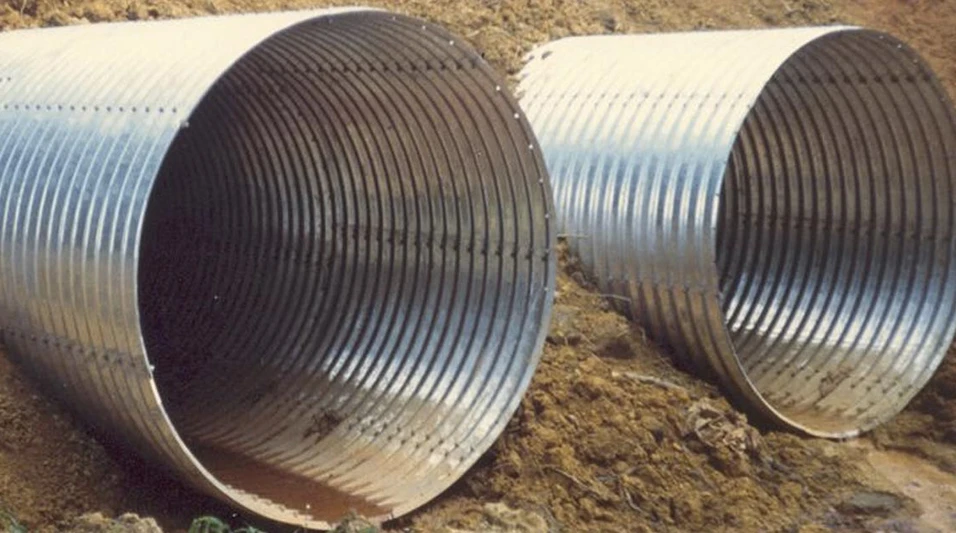
Photo courtesy of the American Iron and Steel Institute
The Illinois Department of Transportation (IDOT) and Gov. J.B. Pritzker have extended the large, multiyear program to fix and repair infrastructure in the state.
The new extension of the Rebuild Illinois program involves $41 billion in spending over the course of six years. “The new multiyear program is the first time in more than a decade that IDOT is [coordinating] a comprehensive approach to invest in all modes of transportation: roads and bridges, aviation, transit, freight and passenger rail, waterways, as well as bicycle and pedestrian accommodations,” the governor’s office says.
The state’s fiscal years 2024-29 proposed Highway and Multimodal Improvement Program aims to invest $27 billion in roads and bridges, with $4.6 billion identified for the current fiscal year, according to IDOT.
“That means better roads and bridges, modernized transit and aviation, and expanded and faster passenger rail service," Pritzker says.
"Rebuild Illinois has increased safety, efficiency, and opportunities for residents all over the state—and over the next few years, we will keep building on that progress, with all 102 counties of Illinois included in the multiyear program.”
Nearly $14 billion is being allocated to other modes of transportation, including $9.85 billion for public transit, $2.67 billion for freight and passenger rail, $1.25 billion for aviation and $190 million for ports and waterways.
On the highways side, the program aims to improve 3,006 miles of roads and nearly 10 million square feet of bridge deck on the state system, with anticipated funding maintaining 738 miles of roads and 1.1 million square feet of bridge deck for infrastructure overseen by local governments.
Overall, the new program will increase the investment in Illinois roads and bridges by $2.43 billion over six years, due in part to engineering and planning efforts in the early years of Rebuild Illinois, which the governor’s office says will quickly start to result in more construction activity.
Last year, IDOT received authority to use alternative project delivery on certain projects in the program. The state has identified 16 applicable projects anticipated to cost nearly $475 million.
“Our commitment to invest in our roads continues to better the lives of residents across the state,” says State Sen. Doris Turner (D-Springfield). “Through the Multi-Year Highway Improvement Program, we are boosting our local economy, creating more jobs and ensuring our roads are safe and reliable.”
“Anyone who has driven through our state in the last decade knows the dire condition our roads and infrastructure were in," State Sen. Steve McClure (R-Springfield) says. "IDOT’s infrastructure improvement projects in our district are already benefiting my constituents and making a real difference. I look forward to monitoring upcoming projects as they start moving forward.”
Initially passed in 2019, Rebuild Illinois is entering its fifth year. IDOT says it already has initiated approximately $12.1 billion in projects statewide, affecting more than 5,330 miles of highway, 533 bridges and 762 additional initiatives as of fiscal year 2023.
“This record-level investment is good news for every Illinoisan," says James M. Sweeney, business manager of the Countryside, Illinois-based International Union of Operating Engineers (IUOE) Local 150 chapter. "A safe, modern, and efficient infrastructure is one of the most important assets our state can have.
“Illinois’ economy is built upon our status as a commercial hub, and investments like this will allow us to maintain that status for many years to come. Gov. Pritzker understands that good infrastructure attracts businesses, creates good middle-class jobs, and keeps motorists safe, [and] that it requires a continued commitment from state leaders.”
Get curated news on YOUR industry.
Enter your email to receive our newsletters.
Latest from Construction & Demolition Recycling
- US Senate backs reduced cuts to EPA
- US EPA offers brownfields-related funding
- Sky Quarry seeks crowdfunding support
- Caterpillar releases the new Cat 980 GC Wheel Loader
- NAPA leaders participate in USDOT roundtable
- Yanmar CE launches full line of compact equipment
- Metso reports increased orders after flat H1
- Block Island Recycling Management Inc. aims to promote environmental stewardship





